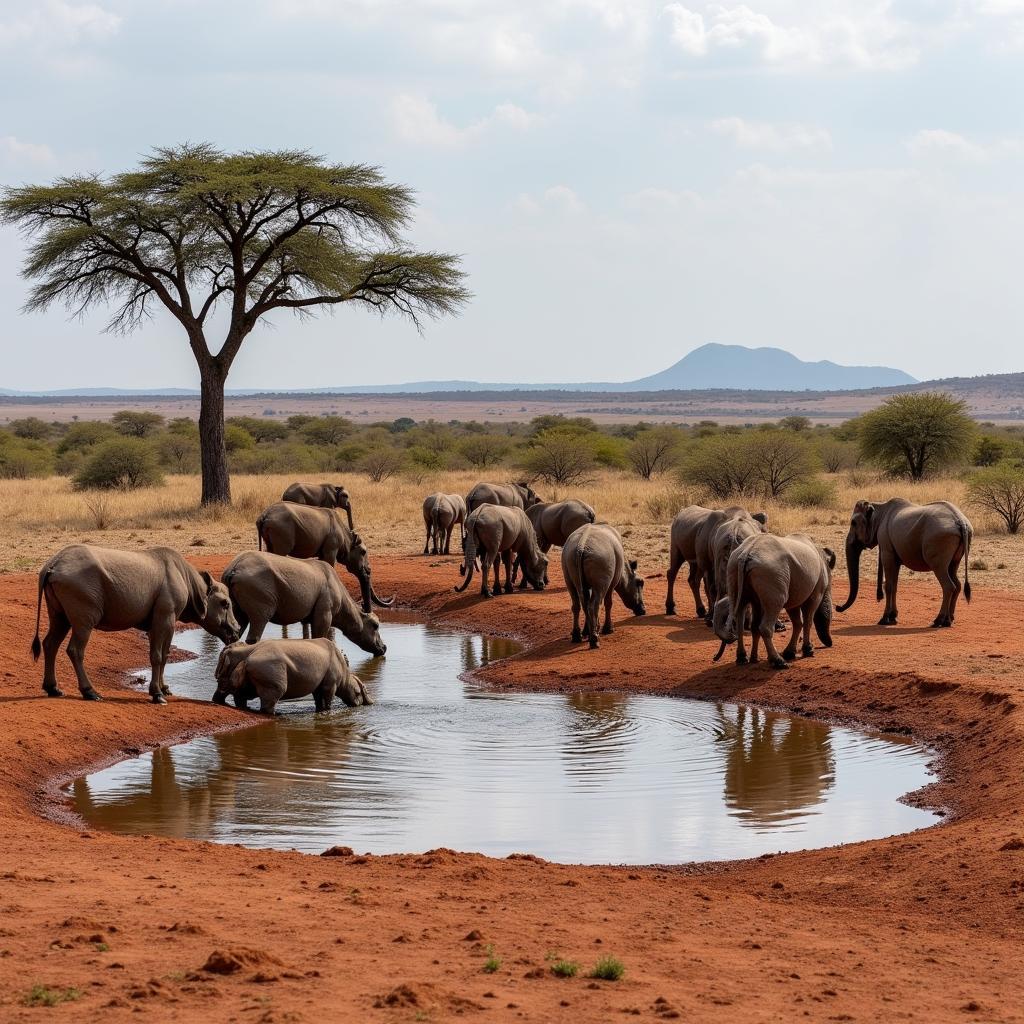African Countries Population by Rank: A Comprehensive Guide
Africa, the second-largest and second-most populous continent in the world, is a diverse tapestry of cultures, languages, and landscapes. It’s home to 54 recognized countries, each with its own unique history, traditions, and demographics. Understanding the population dynamics of these countries is crucial for policymakers, researchers, and anyone interested in exploring the continent’s vibrant social and economic landscape. This comprehensive guide will explore the population rankings of African countries, providing insights into the factors driving population growth, distribution, and trends.
Top 10 Most Populous African Countries
Africa’s population is concentrated in a handful of countries, with Nigeria leading the pack as the most populous nation. Here’s a breakdown of the top 10:
- Nigeria: 214 million
- Ethiopia: 117 million
- Egypt: 104 million
- Democratic Republic of the Congo: 92 million
- South Africa: 60 million
- Sudan: 45 million
- Tanzania: 62 million
- Kenya: 55 million
- Algeria: 44 million
- Uganda: 48 million
Factors Influencing Population Growth in Africa
Several factors contribute to the ongoing population growth in Africa, including:
- High Birth Rates: Many African countries have high birth rates due to factors like cultural traditions, religious beliefs, and limited access to family planning services.
- Declining Mortality Rates: Improved healthcare, sanitation, and nutrition have led to significant declines in infant and child mortality rates, contributing to longer life expectancies.
- Internal Migration: People move from rural areas to urban centers in search of better opportunities, leading to rapid population growth in cities.
- Refugee Influx: Conflicts and instability in some regions have resulted in significant refugee populations, adding to the population burden in neighboring countries.
Population Distribution and Density
While Africa is a vast continent, its population is unevenly distributed. Densely populated areas are often found near coasts, fertile river valleys, and urban centers. Here’s a closer look:
- Coastal Areas: Coastal regions in West and North Africa are home to some of the densest populations, with cities like Lagos, Abidjan, and Casablanca experiencing rapid growth.
- River Valleys: The Nile River Valley in Egypt, the Niger River Delta in Nigeria, and the Zambezi River Valley in Zimbabwe are also densely populated due to their fertile land suitable for agriculture.
- Urban Centers: Urban areas in Africa are experiencing rapid population growth as people seek better job opportunities and access to services. Cities like Cairo, Johannesburg, and Nairobi are among the continent’s largest.
Impact of Population Growth on Africa’s Development
Population growth presents both challenges and opportunities for Africa’s development. Here’s a breakdown of the key impacts:
Challenges:
- Strain on Resources: Increased demand for food, water, housing, and other resources can strain existing infrastructure and lead to resource scarcity.
- Unemployment: Rapid population growth can outpace job creation, leading to unemployment and poverty.
- Environmental Degradation: Population growth can contribute to deforestation, land degradation, and pollution.
- Social Tensions: Competition for resources can lead to social unrest, ethnic conflicts, and political instability.
Opportunities:
- Economic Growth: A larger workforce can fuel economic growth and development if investment in education, training, and infrastructure keeps pace.
- Innovation and Entrepreneurship: A growing population can foster innovation and entrepreneurship, leading to new products, services, and businesses.
- Market Expansion: A larger population can create a bigger domestic market, attracting foreign investment and boosting economic activity.
Population Trends in Africa
Africa’s population is expected to continue growing in the coming decades. Here are some key trends:
- Urbanization: The continent is experiencing rapid urbanization, with more and more people migrating to cities.
- Youthful Population: Africa has a young population, with a high proportion of children and adolescents. This presents both challenges and opportunities for education, healthcare, and economic development.
- Aging Population: As life expectancy increases, Africa’s population is gradually aging. This will lead to an increase in the number of older people, requiring adjustments to healthcare, social security, and other services.
Understanding Population Dynamics: A Key to Sustainable Development
Understanding the population dynamics of African countries is essential for promoting sustainable development. By analyzing population growth trends, distribution patterns, and key factors influencing these dynamics, policymakers, researchers, and development organizations can design effective interventions to address challenges and harness opportunities for a brighter future for Africa.
FAQs
Q: What are the fastest growing countries in Africa?
A: Some of the fastest growing countries in Africa include South Sudan, Niger, and Burundi. These countries often have high birth rates and relatively low life expectancies.
Q: What is the average life expectancy in Africa?
A: The average life expectancy in Africa is around 64 years, although it varies significantly across the continent.
Q: How does population density affect development?
A: High population density can lead to overcrowding, strain on resources, and environmental degradation. However, it can also foster innovation, entrepreneurship, and economic activity.
Q: What are the biggest challenges and opportunities related to Africa’s population growth?
A: Challenges include resource scarcity, unemployment, and environmental degradation. Opportunities include economic growth, innovation, and market expansion.
Q: What can be done to address the challenges of population growth in Africa?
A: Addressing population growth challenges in Africa requires a multi-pronged approach that includes investing in education, healthcare, family planning services, and sustainable development strategies.
Q: How can we contribute to a brighter future for Africa?
A: We can contribute to a brighter future for Africa by supporting initiatives that promote education, healthcare, sustainable development, and peace.



